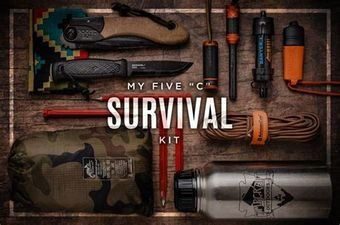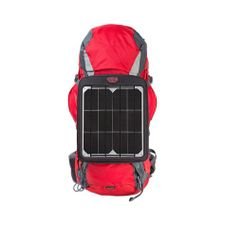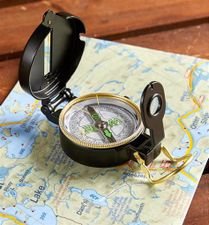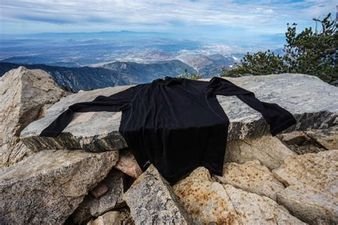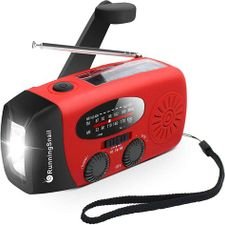As I said in my first blog on the Bug-out -bag, there are a few other things that come along with making a good bug-out-bag beyond the 5 C's.
The first thing I want to mention is the Voltaic 9W 12,000mAh kit. I'm really impressed with these and can highly recommend them. I have tried three other tramping solar options including the power monkey extreme, sunlinq blanket, and another powerbank/solar charger thing but the voltaic systems are on another level.
There are some similar systems like the Goalzero system which I haven't tried, but i'd go with Voltaic again. You can attach them to the outside of your pack to wear while your walking so they charge on the go. The bag acts like and external pouch with zip mesh pockets and has a snug and well positioned pocket for the Li-Po battery to charge. The battery has different amperage's to support fast charging of both tablets and phones, and has a led level indicator and power button.
Learningdevelopments.co.nz has a few of these left but the I think the 9W 12,000mAh is in short supply. They also sell 12v step-up voltage regulators i think so you could use the voltaics for emergency 12v power if needed.
I have used sawyer water filters before with good success, I also have a couple of lifestraws, but I have just bought a portable RO filter. These take chemicals as well as biological pathogens out of the water before you drink it which is important for long-term health.
"Knowing where you are is not so important, it's knowing how to get back to where you were". I haven't actually used a compass much but I know they are important to have, and you can use them to know where your going and how to get back to where you are. There are tutorials online about how to use them correctly. A basic compass is good but you also need a lensatic compass with a bazel to find line and arrange the path properly so you don't stray too much. Many phones have compass apps but it's good to have a proper one that doesn't use power. Garmin watch's and beacons can help with positioning too and have GPS coordinate systems using satellites.
A first aid kit is one of those things that you're super glad you have when you need it. This should also be accompanied with a tourniquet and sam splint in case you get a serious injury like a deep gash or broken bone. It's a good idea to get familiar with these ahead of time so that if you need to use them you aren't sitting there reading instructions wasting important time.
Another tip is if you get a deep gash and need to call an ambulance, blood will stop your touch screen from working properly. Use the side button to get the emergency setting or carry an old school button phone with you. I add in some trans-dermal iodine for protecting cuts from infection and getting plenty of iodine.
Merino/wool is good clothing material. A spare pair or two of good wool socks can save your feet. If your feet get wet they can deteriorate much faster. A spare pair of socks can save you a lot of bother. Polyprops are light and dry quicker, there is some debate but I think merino is better.
These multi function radio torches are pretty good. I've heard some people say they are not worth it and that they can break easy. I think they are worth putting in but not essential. They charge on solar, crank, and in some cases USB or standard 5-9v inputs/outputs.
In a bug-out-bag, a significant portion of it should be food. Otherwise you'll be sitting on the side of the road hungry carrying a bunch of stuff. Freeze-dried food is lightest and often pre-made into portions, It expands a lot when re-hydrated so the compression of it is very good for space saving. I don't know about how healthy some of the brands are though. I think I am going to focus on rice, beans, sprouts, oils, vegetable/fruit powders, Himalayan salt (great for fasting with) and of course some coffee. Keeping it all in a black rubbish bag is a good way to add extra protection and its always good to have a few black rubbish bags as they can be used for lots of things.
Multi-function gadgets are generally good because they pack lots of functionality into a small space. The 7-1 whistle at goodtohave.co.nz is really clever.
Sewing needles, tenacious tape, sealant, things like this are useful and are really hard to find alternatives for in nature. They don't have to take much space and there are some really clever ways people make them super small.
For cutlery, titanium sporks are super light and can be all you need for cutlery. Aluminium is also good if correctly sealed. Steel is a bit heavy but worth it for canteens as it won't warp under fire. Also having a small mess kit to put food on is useful.
There may be a few things i'm forgetting but I will put something in the comments if that's the case. I recommend doing more research on what people use in their bags. Some people have some really smart ideas.
